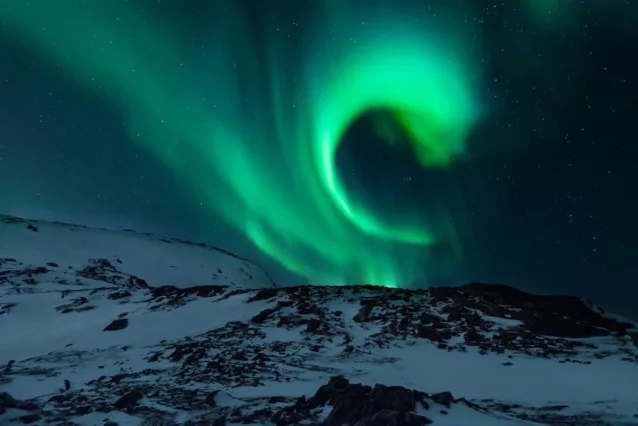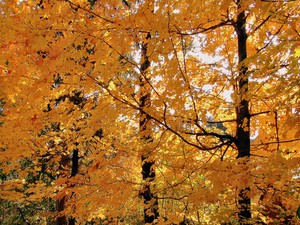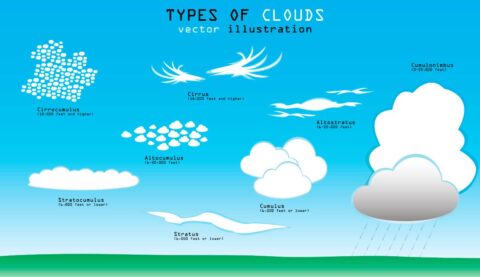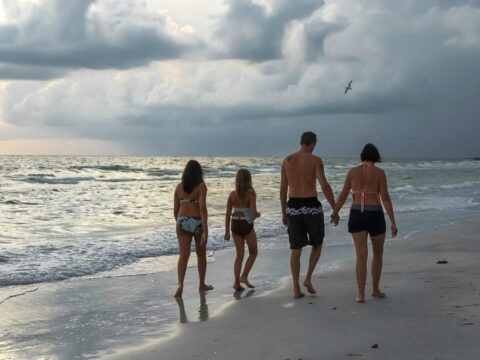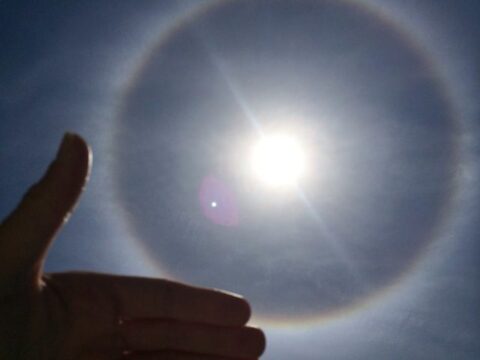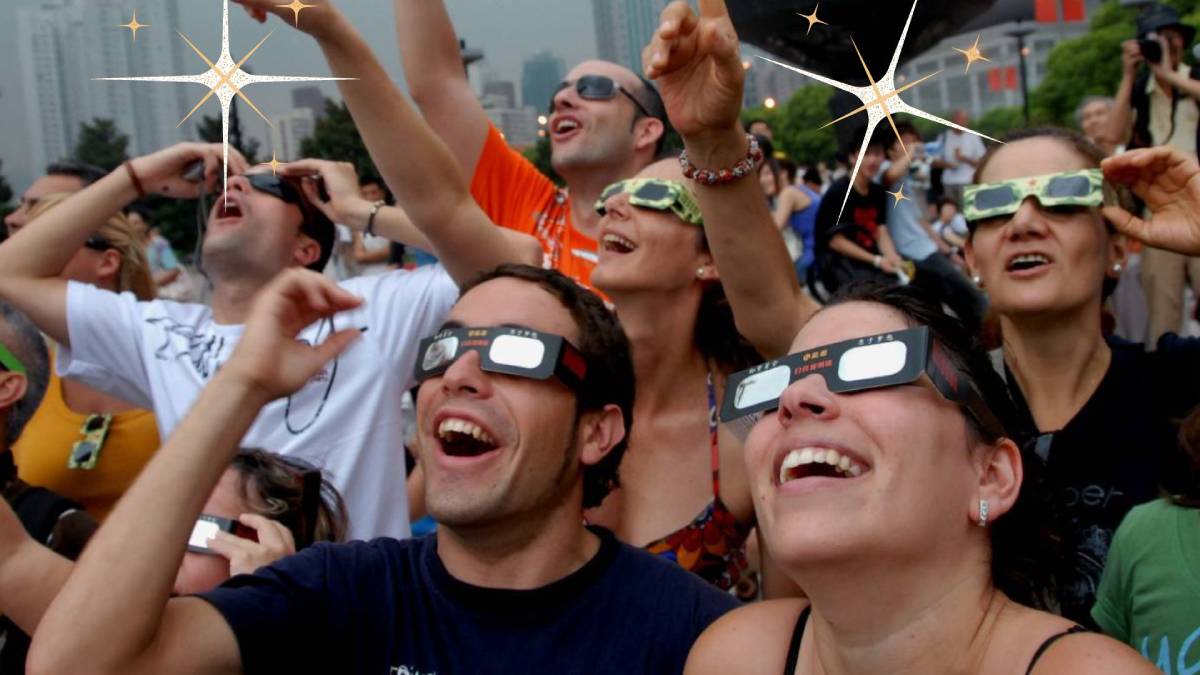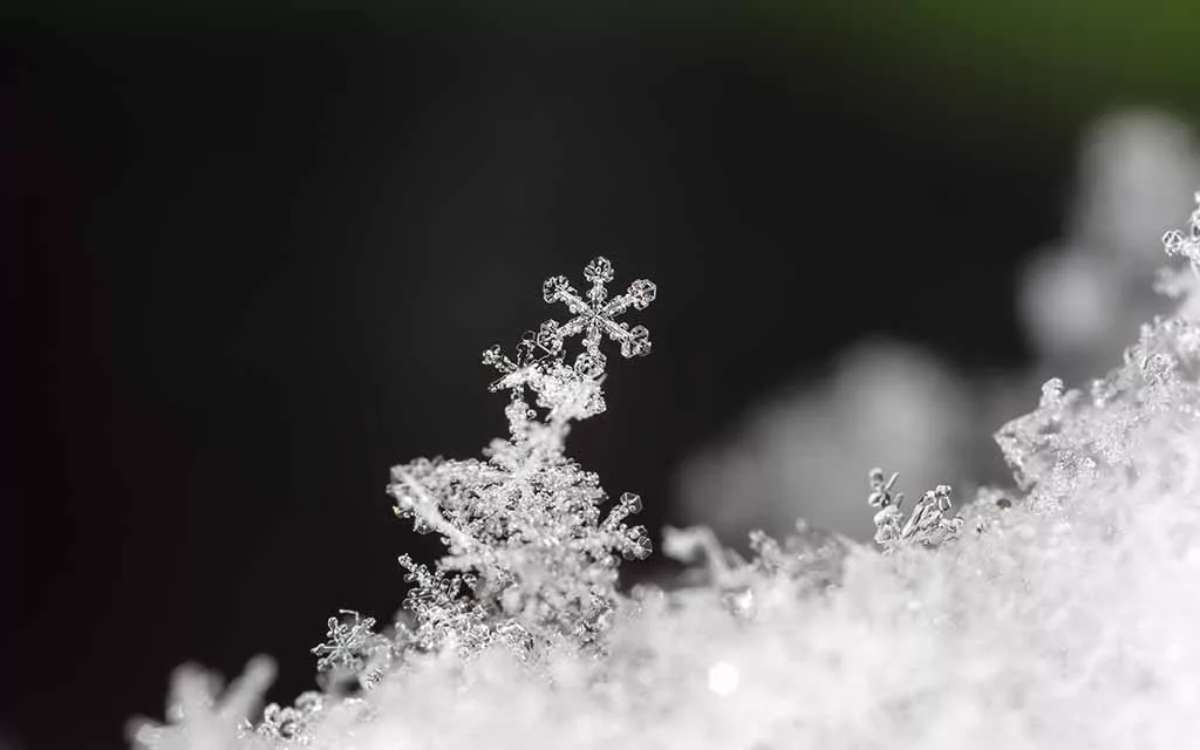Have you heard of space hurricanes?
These bizarre-sounding phenomena create some stunningly beautiful shows high in the skies.
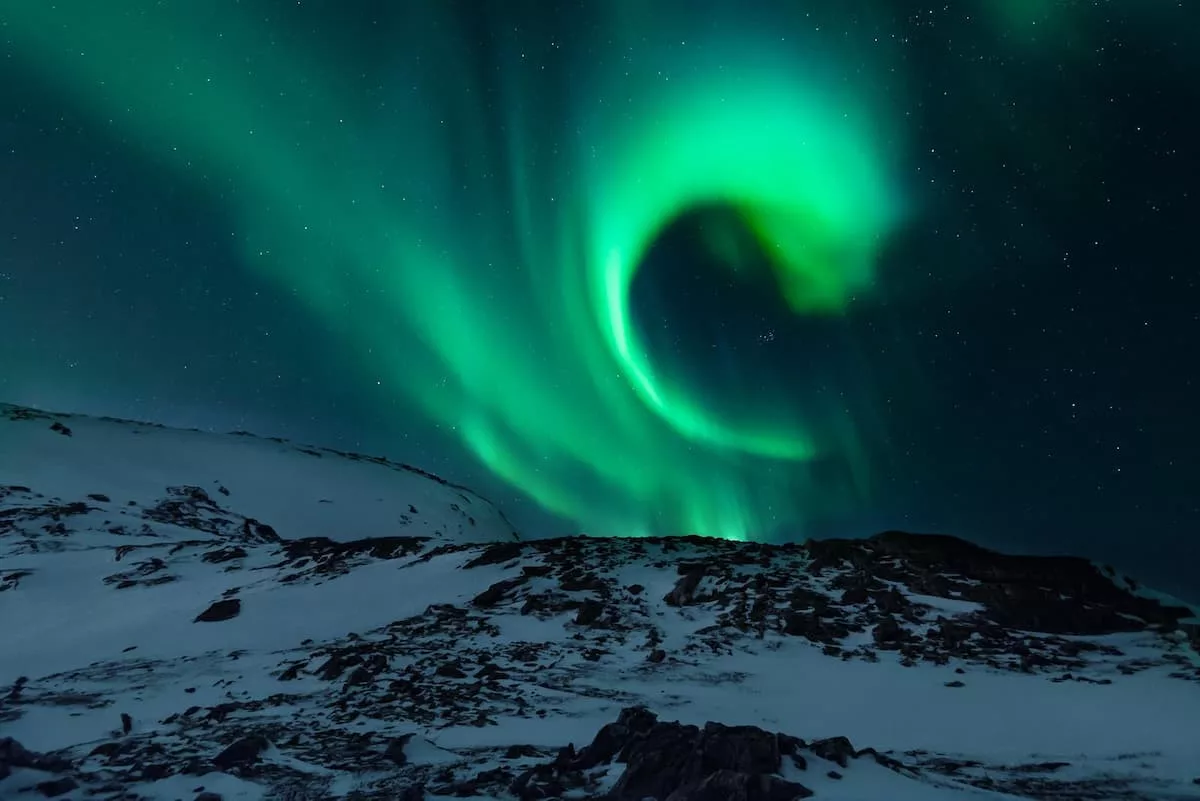
A space hurricane is a type of aurora borealis — which are commonly known as the “Northern Lights.”
The aurora borealis is a natural occurrence that is seen near the top of the world in and near the Arctic Circle.
First: The Aurora Borealis Explained
The Sun, which is about 93 million miles from Earth, hurtles particles our way.
These charged particles are emitted from the Sun’s corona (which is the upper atmosphere of the Sun) and come our way at the menacing speed of 45 million miles per hour!
These particles collide with our upper atmosphere and are safely dispersed to the poles by our magnetic field.
The aurora borealis light shows, which are seen above both the North Pole and South Pole, are some of the most beautiful naturally occurring phenomena on Earth… Err, maybe over Earth?
People from around the world flock to the upper latitudes to see the Northern Lights. There are even aurora borealis vacation packages with destinations in Iceland, Norway, and Alaska for the intrepid travelers who have seeing the Northern Lights on their bucket lists.
So, What Is A Space Hurricane?
A space hurricane refers to what scientists describe as “cyclone-like auroras” over the North Pole.
These cyclonic auroras (or space hurricanes) feature:
- Diameters of more than 600 miles
- Arms that rotate in a counterclockwise pattern
- An “eye” or calm center
- A three-dimensional funnel formation
If you put all of that together, the hurricane analogy becomes quite clear and makes perfect sense. While some might think that “tornado” is a better description for this type of aurora, because of the funnel shape, “hurricane” is really the better description. After all, hurricanes measure hundreds of miles in diameter, sport arms or bands that extend out from the center, and the “eye” of these massive tropical systems is also calm.
There’s more to space hurricane Northern Lights, including:
- They are very bright.
- Their light colors are similar to typical auroras — which are seen in green, blue, pink, and red.
- Space hurricanes and regular aurora borealis lights are generally seen at the same altitude — about 62 to 155 miles high.
- Space hurricanes may be visible for many hours, whereas most auroras are seen only for minutes.
Do Space Hurricanes Cause Damage?
The tropical weather systems known as hurricanes are some of the most powerful and destructive forces on Earth. Hurricanes can be deadly — causing billions of dollars in damage and sometimes inflicting irreparable alterations to natural landforms, such as beaches and islands.
Space hurricanes might not cause structural and physical damage in the traditional sense — they don’t blow down homes and cause torrential floods of water. But they can wreak havoc on communications and navigation satellites and upsetting the orbits of satellites and even space junk!
Thankfully, these powerful aurora borealis events don’t have much effect on orbiting spacecraft. And astronauts? They’re safe…
Are Space Hurricane Auroras New?
You’re probably not hearing about space hurricanes for the first time — maybe you heard the term somewhere and wanted to look it up to find out more about them. But you may not remember hearing that phrase a long time ago. As it turns out, scientists discovered space hurricanes in 2014 and took the news to the public in 2021.
Why are these natural light shows so new to us?
Apparently, they’re occurring over places most observers hadn’t really thought of studying auroras much — they usually are seen in lower latitudes. They have likely been occurring for a long time before science identified them.
Another curious thing…
Space hurricanes can occur during periods of low geomagnetic activity — which is when aurora activity was thought to usually be lower.
In other words, space hurricanes were discovered by thinking (and looking!) outside the box!
Where Can You See Space Hurricane Northern Lights?
When it comes to seeing the aurora borealis, these lights can traditionally be seen:
- At latitudes of 40 degrees north or higher
- On clear, cloudless nights with little or no moonlight
- During periods of intense geomagnetic activity
Of course, Mother Nature doesn’t always play by the rules — the Northern Lights have been spotted in places as far south as Florida during super-strong aurora events.
As we’ve seen, space hurricanes are known to occur well north of the usual auroral range and you don’t have to wait until rare geomagnetic storm events to see one.
But you’ve got to be way far north to have a chance at seeing a space hurricane — locations approximately 80 degrees north and beyond toward the North Pole are where they are most likely to be seen.
Where is 80 degrees north, anyway?
There’s not much land at the 80th parallel. Some of the remote locales at or very near the 80-degree north latitude include:
- The Norwegian archipelago of Svalbard / Spitsbergen in the Arctic Ocean
- Franz Josef Land / Northbrook Island, Russia
- Meighen Island in Nanavut, Canada
- Hovgaard Island, Greenland
Astronauts orbiting Earth are also likely to see space hurricanes when looking toward the North Pole at the right time.
Short of booking a trip to outer space, you’re going to need to pack up the snow boots and parkas and trek to the hinterlands near the North Pole to see a space hurricane.
Good luck!
I'm a weather geek from Florida who's been studying meteorology and watching weather patterns for years! I enjoy sharing little-known facts and fun stuff about the weather. I especially like sharing interesting details about weather events and conditions that can affect you… and how to prepare for Mother Nature's ever-changing weather patterns.
